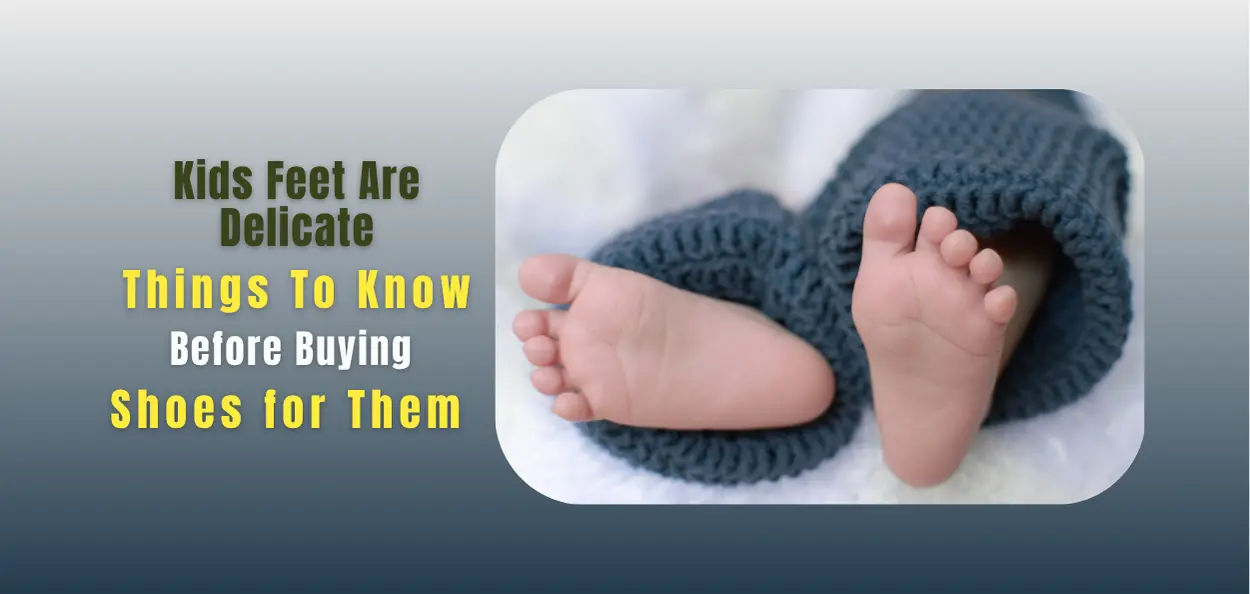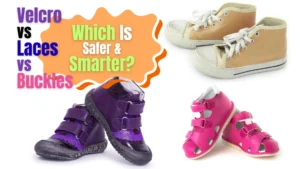Newborn feet are soft marvels—mostly cartilage pads developing into bones over years. Medical consensus from the American Academy of Pediatrics (AAP), Indian Pediatric Association (IPA), and UK National Health Service (NHS) agrees: babies don’t need shoes until walking outdoors. In fact, restrictive footwear can deform growing feet, delay walking, and cause long-term issues. For non-walkers, socks or soft booties suffice for warmth—never structured shoes.

👟 2024 Trending Newborn & Baby Shoe Types (0-24 Months)
| Type | Best Age | Key Features | Top Brands |
| Knit Booties | 0-6 months | Stretchy, breathable, no-slip grips | Zutano, Burt’s Bees |
| Soft-Soled Moccasins | 6-12 months | Leather/fabric, barefoot-like flexibility | Robeez (APMA-approved) |
| Pre-Walkers | 9-15 months | Thin rubber soles, wide toe box | Attipas, Bobux |
| Barefoot Shoes | 12+ months | Ultra-flexible, zero-drop soles | See Kai Run, Ten Little |
| Eco-Friendly | All ages | Organic cotton, recycled materials | Livie & Luca, Native |
🔬 Why Barefoot Development is Non-Negotiable (Science-Backed!)
1️⃣ Feet Need Sensory Feedback to Develop
Newborns’ feet have 29% more nerve endings than adults’. Walking barefoot lets them “feel” the ground, building balance and muscle strength. The NHS UK confirms barefoot time strengthens arches and prevents flat feet. Even the Hong Kong Department of Health states shoes are unnecessary for non-walkers—socks suffice for warmth.
2️⃣ Rigid Shoes = Deformed Feet
Stiff shoes alter gait, reduce ankle motion, and increase tripping in toddlers, per the Journal of Foot and Ankle Research. The Canadian Paediatric Society warns: “Corrective shoes are a misnomer… prescribing shoes to ‘fix’ flat feet may be harmful.”
3️⃣ When Shoes ARE Essential (And What to Buy)
Once babies walk outdoors (typically 12+ months), shoes must:
- Flex at the toe (test: bends easily when twisted)
- Have a wide toe box (prevents toe crowding)
- Include non-slip soles (rubber grips for safety)
- Use breathable materials (cotton/leather to prevent sweating)
Brands like Stride Rite Soft Motion and See Kai Run are podiatrist-recommended.
🛒 5 Must-Know Tips for Buying Baby Shoes (From Government Guidelines!)
- Measure Every 2–3 Months
Feet grow 0.5 sizes every 2–3 months before age 3. The HSE Ireland advises: leave 1 cm (thumb’s width) between toes and shoe tip. - Avoid Hand-Me-Downs
The APMA cautions against hand-me-downs due to fit issues and infection risks. - Prioritize Adjustability
Velcro straps > laces for easy fitting (e.g., Robeez elasticated booties). - Check Certifications
Look for APMA Seal, CE Mark (EU), or ASTM F963 (US safety standard). - Skip “Cute” Hazards
Avoid hard soles, pointy toes, or slip-ons that force toe-clenching.
💡 Pro Tip: Crush the heel cup! It should resist slightly but not collapse.
❓ FAQs: Newborn Shoes Debunked!
Q: When should my baby start wearing shoes?
A: Only when walking outdoors (typically 12–18 months). Indoors, barefoot is best (AAP).
Q: Are hard-soled shoes bad for newborns?
A: Yes. Rigid soles restrict natural foot movement (APMA).
Q: How do I know if shoes fit correctly?
A: Use the “finger test”: Your pinky should fit snugly between heel and shoe back (NHS UK).
Q: Can newborns wear shoes all day?
A: No. Barefoot time is critical for arch formation (Indian Pediatric Association).
✅ What We Covered
- Why barefoot is best for newborns (AAP/IPA/NHS)
- When to transition to shoes (outdoor walking milestones)
- 5 shoe types to buy/avoid (with trending brands)
- Government-backed buying tips (HSE/APMA)
- FAQs on fit, safety, and development
Share this guide on Facebook, Twitter, or Pinterest to help other parents! 👇
References
- American Academy of Pediatrics (AAP): Footwear for Infants
- NHS UK: Keeping Baby’s Feet Healthy
- Indian Pediatric Association (IPA): Baby Foot Care Guidelines
- American Podiatric Medical Association (APMA): Best Shoes for Babies
- HSE Ireland: Choosing Shoes for Toddlers
- Canadian Paediatric Society: Footwear for Children
Visit Our Store To Buy Shoes for Your Kids : Kids County

